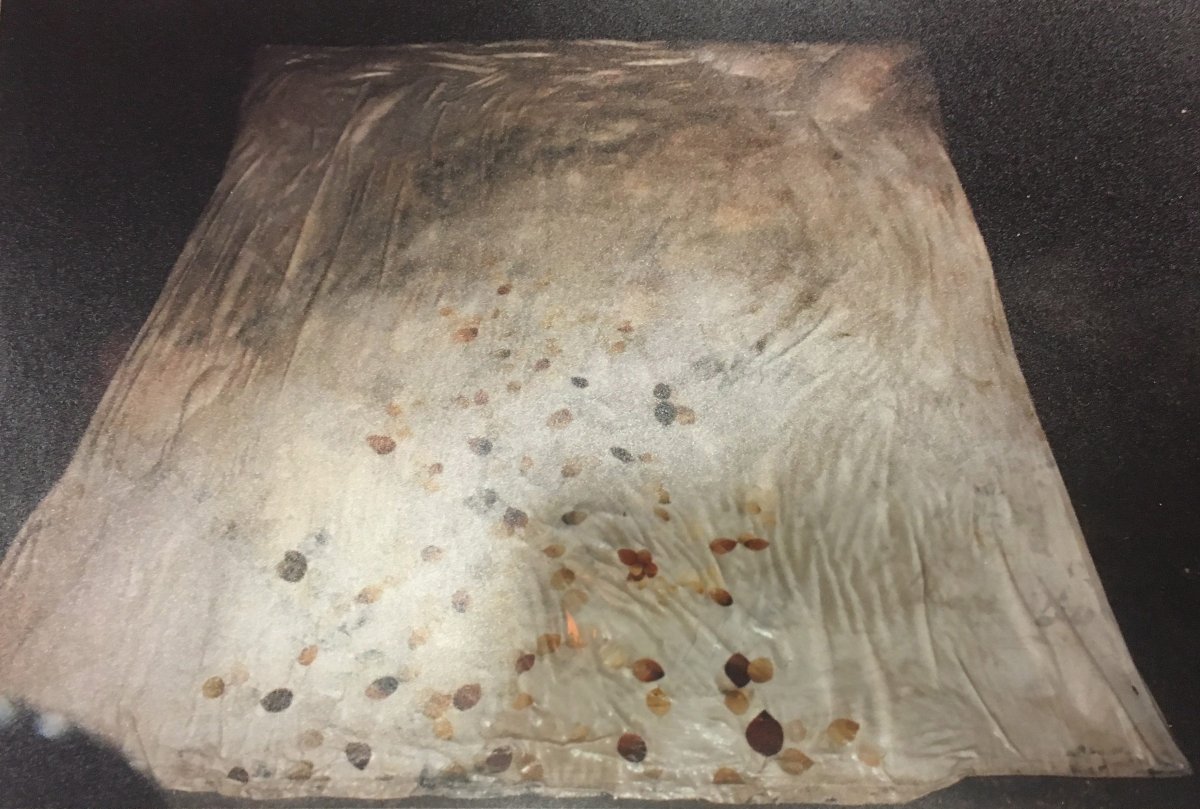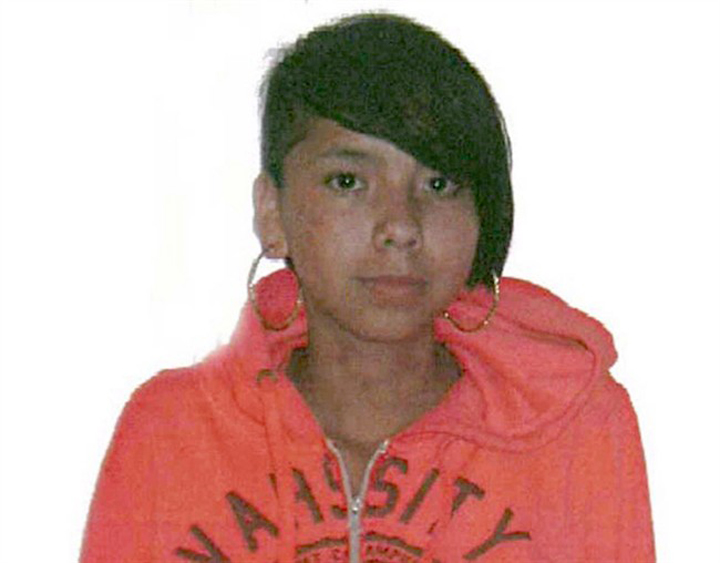WINNIPEG – Three people connected to accused killer Raymond Cormier told police he owned the same type of duvet cover that the body of 15-year-old Tina Fontaine was found in, his trial was told Friday.

Cormier, 55, has pleaded not guilty to second-degree murder in the case, which prompted renewed calls for a national inquiry into missing and murdered Indigenous women.
In August 2014, Tina’s body was pulled from the Red River in a duvet cover that had been weighed down with rocks.
Two Winnipeg police investigators – Det.-Sgt. Myles Riddell and Det.-Sgt. Jeff Stalker – testified they went to the home of Ida Beardy, who had allowed Cormier to live in a tent in her backyard in the summer of 2014.
The home is a little more than a kilometre from the shore where Tina’s body was found.
On one visit four months after Tina’s death, they showed Beardy a picture of the same kind of duvet cover that Tina’s body had been wrapped in, the officers said. They asked Beardy if the photo meant anything to her.
“She positively identified the duvet cover as the one belonging to Raymond Cormier,” Riddell testified Friday. “She was confident.”
The photo was later shown to Beardy’s daughter, who had been in another room. She also said it was the same as Cormier’s, Stalker said.
“It was an immediate recognition.”
Ida Beardy testified Thursday that when she was shown the photo, chills went up her spine.
The jury has already heard the particular duvet was part of a series of four designs sold only by Costco Canada, which has three stores in Winnipeg and had sold or donated some 800 of the duvets in the 18 months before Tina’s death.
Police were unable to determine how many of the particular design used to wrap Tina’s body were sold.
The officers also told court they showed the duvet picture to an inmate in a provincial jail who knew Cormier and who has yet to testify.
The inmate also said the duvet was the same as Cormier’s, they said.
Under cross-examination, defence lawyer Anthony Kavanagh asked Stalker whether Beardy knew he was investigating Tina’s death when he showed her the duvet picture. Stalker said yes, because he had been to the house previously.
Kavanagh also asked Stalker why he only showed Beardy and her daughter one photo of a duvet, instead of a lineup of several different duvets to choose from.
Stalker said it was an unusual case, and photo lineups are usually used to identify people.
“I still think it’s fair,” Stalker said.
In his opening statement Monday, Crown attorney James Ross said Tina Fontaine had a happy childhood and was raised by her great-aunt on the Sagkeeng First Nation.
Ross told the jury that Tina went to Winnipeg to visit her mother and became an exploited youth.




Comments